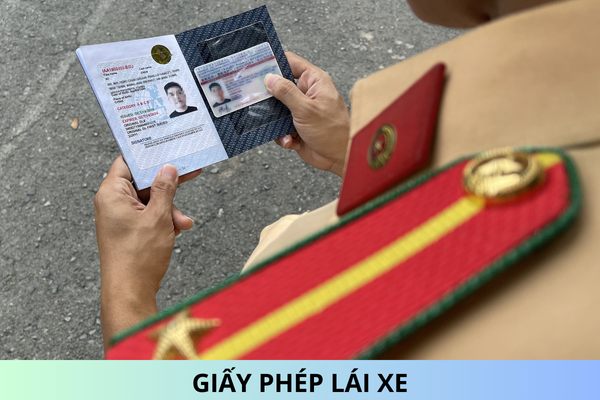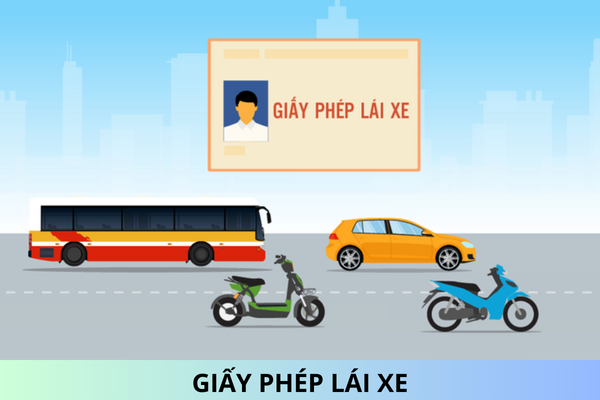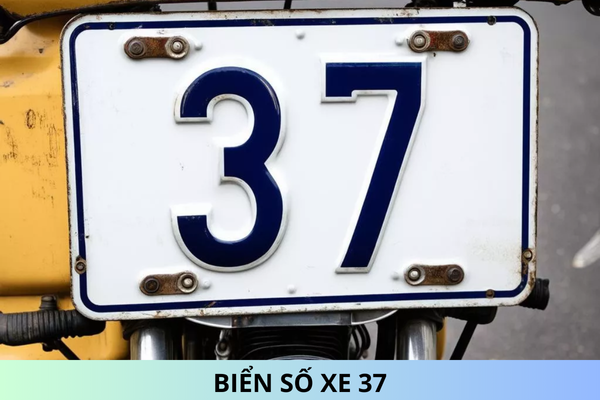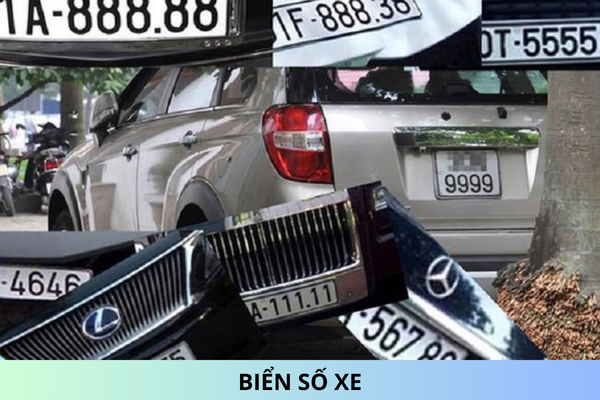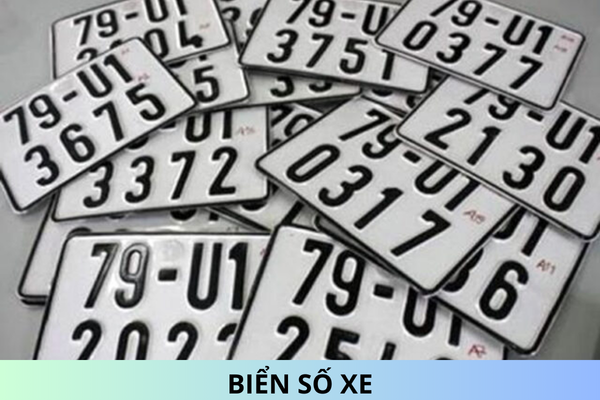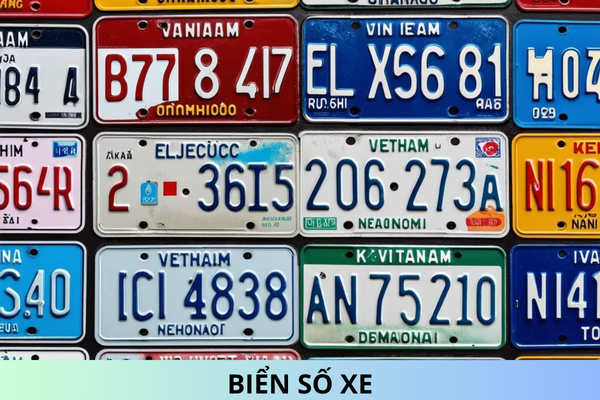Can dry ice be carried on board in Vietnam?
Can dry ice be carried on board in Vietnam? What does list of prohibited items in the cabin of an aircraft and in security restricted areas in Vietnam comprise?
Can dry ice be carried on board in Vietnam?
Section III The list of dangerous items restricted from being carried on the person or in baggage on board an aircraft, issued together with Decision 1541/QD-CHK in 2021, specifically as follows:
|
Items or articles |
Checked baggage |
Carry-on baggage |
On the person |
Approval of the operator(s) is required |
The pilot-in-command must be informed |
Restrictions |
|
20) Dry ice |
Yes |
Yes |
No |
Yes |
No |
a) no more than 2.5 kg per person. b) used to pack perishables that are not dangerous goods. c) the package must permit the release of carbon dioxide gas. d) when carried in checked baggage, each package must be marked: - “DRY ICE” or “CARBON DIOXIDE, SOLID” - the net weight of dry ice is 2.5 kg or less. |
As such, passengers are allowed to bring dry ice on board as checked baggage or carry-on baggage, but they are not allowed to carry it with them. Before carrying on, passengers need to be accepted for carriage by the aircraft operator (airline) in Vietnam.
What does list of prohibited items in the cabin of an aircraft and in security restricted areas in Vietnam comprise?
Section I The list of prohibited items in the cabin of an aircraft and in security restricted areas, issued together with Decision 1541/QD-CHK in 2021, specifically as follows:
|
|
|
|
|
|
|
|
|
|
|
|
|
|
|
|
|
|
|
|
|
|
|
|
|
|
|
|
|
|
|
|
|
|
|
|
|
|
|
|
|
|
|
|
|
|
|
|
|
|
|
|
|
|
|
|
|
|
|
|
|
|
|
|
|
|
|
|
|
|
|
|
|
|
|
|
|
|
|
|
|
|
|
|
|
|
|
|
|
|
Best Regards!
